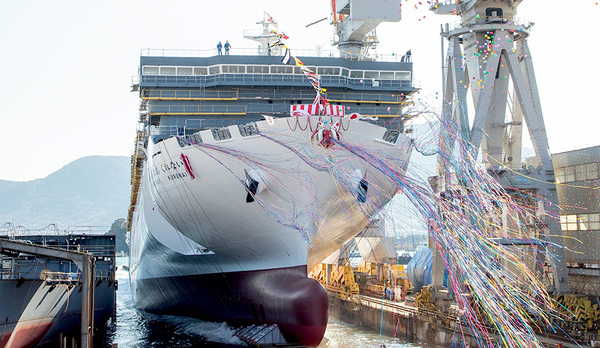MOL plans to operate 90 LNG-powered vessels by 2030
Japanese shipping company Mitsui O.S.K. Lines (MOL) has put in an order for four 7000-unit capacity LNG car carriers and aims to operate 90 LNG fuelled vessels by 2030.
 PHOTO: Japan's first LNG-powered ferry Sunflower Kurenai. MOL
PHOTO: Japan's first LNG-powered ferry Sunflower Kurenai. MOL
The LNG car carriers will be build by Nihon Shipyard and Shin Kurushima dockyard, and expects to take delivery of them in 2-3 years.
Under its “Adoption of Clean Alternative fuel” strategy, MOL plans to scale up its fleet of LNG vessels, as well as vessels fuelled bio bio-bunkers, methane and ammonia.
Earlier this week, consultancy firm Clarksons said the global orderbook of LNG-fuelled vessels has swelled to 676 orders. More shipowners are also switching to vessels with dual-fuel capability, which adds flexibility to switch to lower-carbon alternatives in the future, it said.
Another Japanese shipping company Nippon Yusen Kabushiki Kaisha (NYK) intends to operate 45 LNG-fuelled vessels in the near term, and to convert them to be powered by low-emission fuels such as biogas and synthetic methane in the future.
LNG can curb carbon dioxide emissions by about a quarter compared to conventional bunker fuels. But its methane emissions can be 36 times more potent as a greenhouse gas compared to carbon dioxide over a century, according to a World Bank study.
MOL and NYK have both set net-zero emission targets for 2050.





